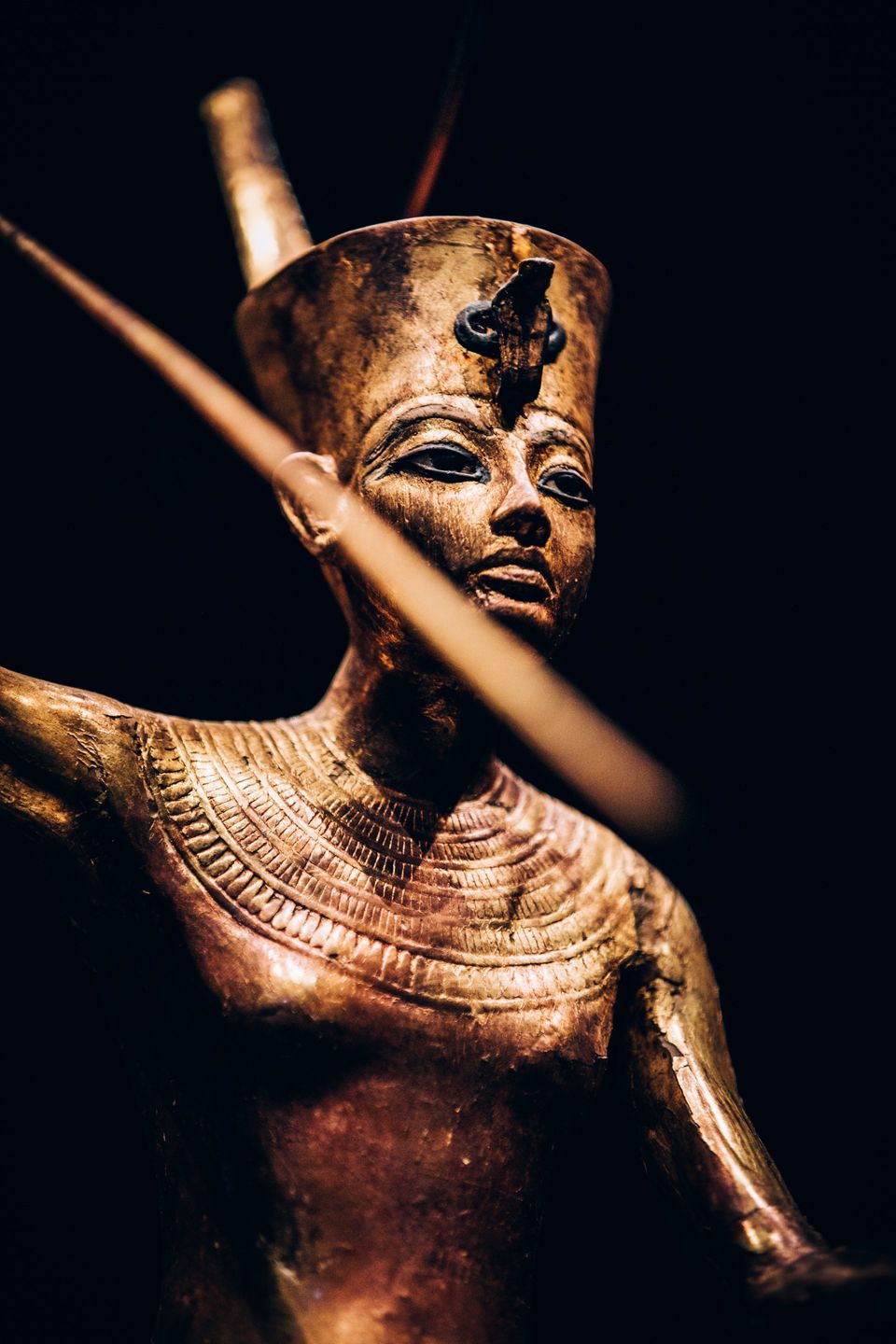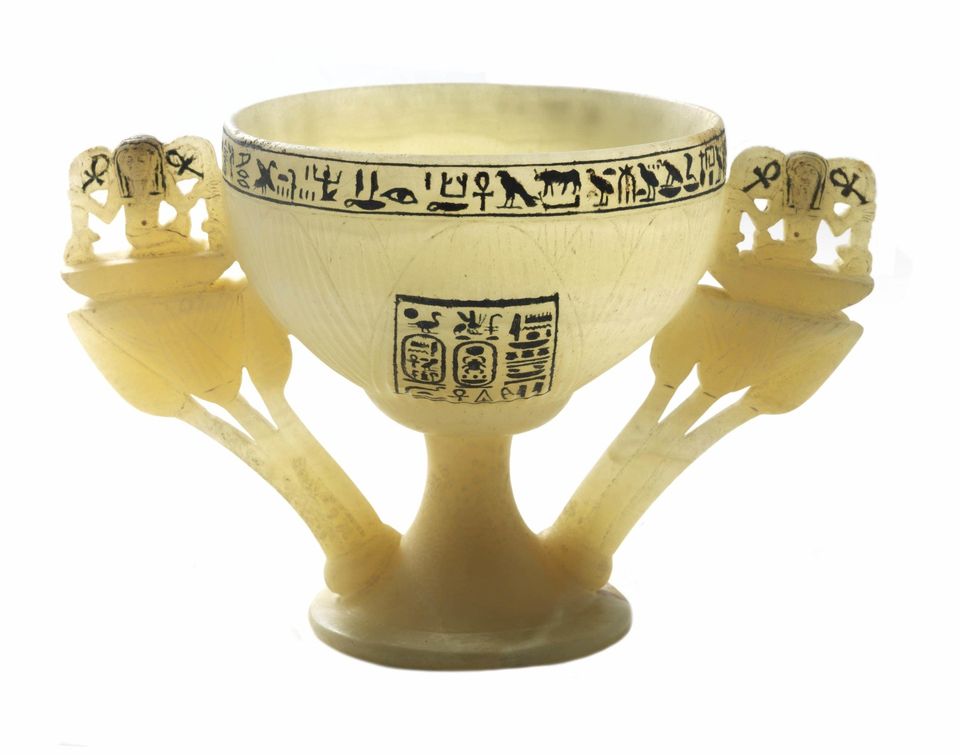Cultural Restitution
SHARE ARTICLE
What fascination we still have for Tutankhamun, the boy-king of Egypt's 18th Dynasty who became the most famous name in archaeology when his tomb was discovered in 1922. But fresh news and surprises still await.
Speaking at the London launch of TUTANKHAMUN: Treasures of the Golden Pharaoh’, the renowned and indefatigable Egyptologist, Dr Zahi Hawass, made two surprising announcements.
There's a piece of Tutankhamun's body still missing - and it's hiding in London! “When Professor Harrison made a study of the X-ray of the mummy [in 1968], one of his team took a piece from the mummy" he explained. "and he brought it here – it’s somewhere in London. I think this piece should come back because it was stolen”.
Dr Hawass also announced he is leading a "committee of intellectual Egyptians and foreigners" to ask for the return of the Nefertiti bust in Berlin, the Rosetta Stone in London and the Zodiac ceiling in Paris. "I believe they are unique and their home should be Egypt. I am not after any other artefacts”, he said.
Widely known for his determination to see the return of these most significant of all Egyptian artefacts held in Western collections, Dr Hawass said he'd been forced to suspend his former campaign due to the chaos that followed the revolution of 2011. However, he now detects a new “awakening” around the world to see the return of stolen artefacts and has a renewed, personal determination to continue with his work.
On exhibition at the Saatchi Gallery until May 2020, the exhibition marks the third leg of a 10-city ‘final’ global tour. When the exhibition completes this tour in 2022 - the centenary of Howard Carter’s discovery of the young king’s tomb in the Valley of the Kings - the entire glittering collection is scheduled to move permanently into the Grand Egyptian Museum, due for completion in October next year (although speaking at the exhibition's launch, the Egyptian Minister of Antiquities, Dr Khaled El-Enany, seemed to leave open the possibility of future tours). Proceeds from the touring exhibition will go to finance this impressive new museum.
Accompanied by stunning sound and visual effects, video aids and clever narratives, this new exhibition of burial goods and personal possessions, the largest exhibition of Tutankhamun artefacts ever to leave Egypt, achieves dramatic new heights and is bound to attract large crowds and new fans for the young Egyptian king. Visitors to this exhibition will experience a magnificent display of 150 unique artefacts, three times larger than the ground-breaking British Museum exhibition in 1972 (the original ‘blockbuster’) and this time including 60 items that have never before left Egypt.
A few of the star attractions of the 1972 exhibition are absent, in particular, the solid gold portrait mask, which Carter prised away from the mummified body of Tutankhamun. But just as the curators at the Louvre would never again allow Leonardo’s ‘Mona Lisa’ to leave France, so the Egyptian organisers felt allowing such a valuable and significant artefact to leave Egypt poses too great a risk. Other attractions from the 1972 exhibition, such as the wooden Bed of the Divine Cow, are now also considered too fragile to travel.
But ‘Treasures of the Golden Pharaoh’ is equal to previous touring Tutankhamun exhibitions and is just as unmissable. Almost all the exhibits are without parallel. They include objects “whose like I can never hope to see again,” said Carter as he first gazed into the tomb’s Antechamber, “strange animals, statues and gold – everywhere the glint of gold”.
Visitors to this exhibition may feel the same.
The discovery of this tomb and its fabulous contents set in train a global demand for Egyptian antiquities and gave birth to a huge industry in the trafficking of Egyptian artefacts. This industry continues relentlessly, fuelled by conflict, greed, social upheaval and the global money laundering industry.
Referring to Egypt's handling of this problem, Dr Khaled El-Enany explained his country was having some success recovering stolen artefacts. “Over the last three years, Egypt was able to locate about 1136 stolen artefacts from 68 countries who showed a serious partnership and a respect for ethics”, he explained.
However, speaking to Returning Heritage after the official launch about the recent sale at Christie’s of a quartzite head of Amun, which dates from the period of Tutankhamun, he added “we were very sad and shocked in Egypt to see artefacts put up for sale without any provenance certificate or provenance document – or refusing to share it”.
“Accepting and selling an antiquity without showing provenance means you are accepting to finance terrorism” he maintained.
TUTANKHAMUN: Treasures of the Golden Pharaoh
presented by Viking Cruises
After this was written......
A BBC News Arabic documentary broadcast in July 2020 has questioned the legality of the exhibition contract, signed in 2017 between Egypt's Ministry of Antiquities and the private company Exhibitions International. An Egyptian lawyer, Sayed Said, filed a lawsuit against the Ministry in early 2018 claiming the government has violated a stipulation in Egypt's Antiquities Protection Law that allows artefacts to be exhibited abroad providing they are not "unique". The lawsuit has yet to be heard in court. Were the lawsuit to succeed, it would cut short the exhibition's remaining global tour in the US. The London exhibition closed earlier than planned due to the Covid-19 virus.
Photo: Gilded Wooden "Ostrich Hunt" Fan
Courtesy of IMG
More News






